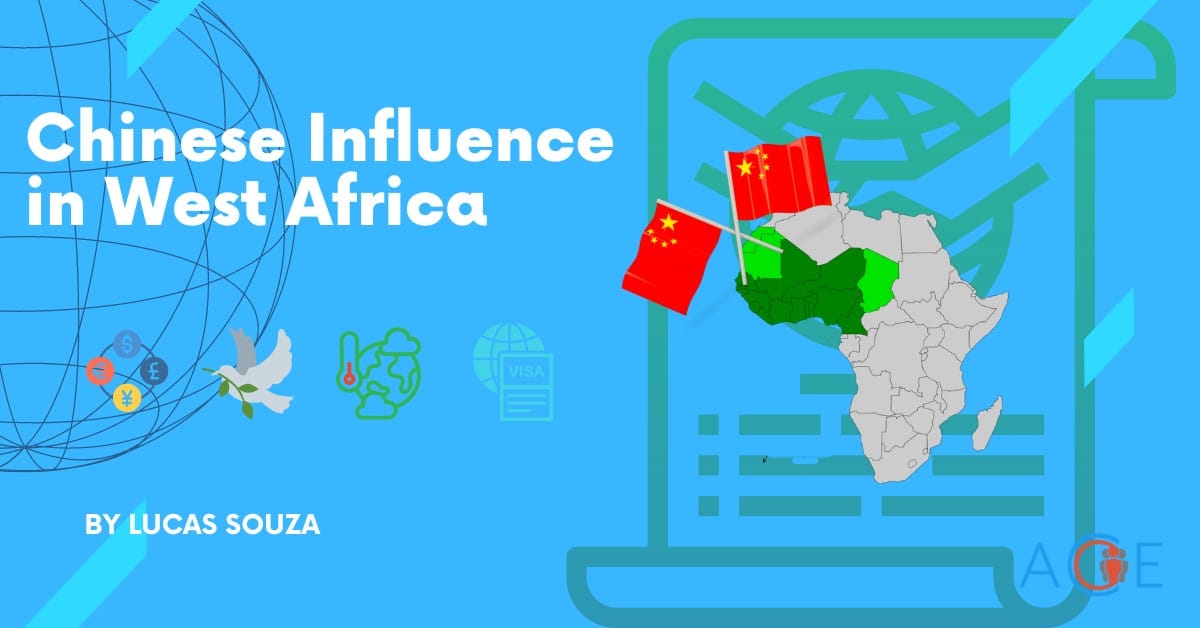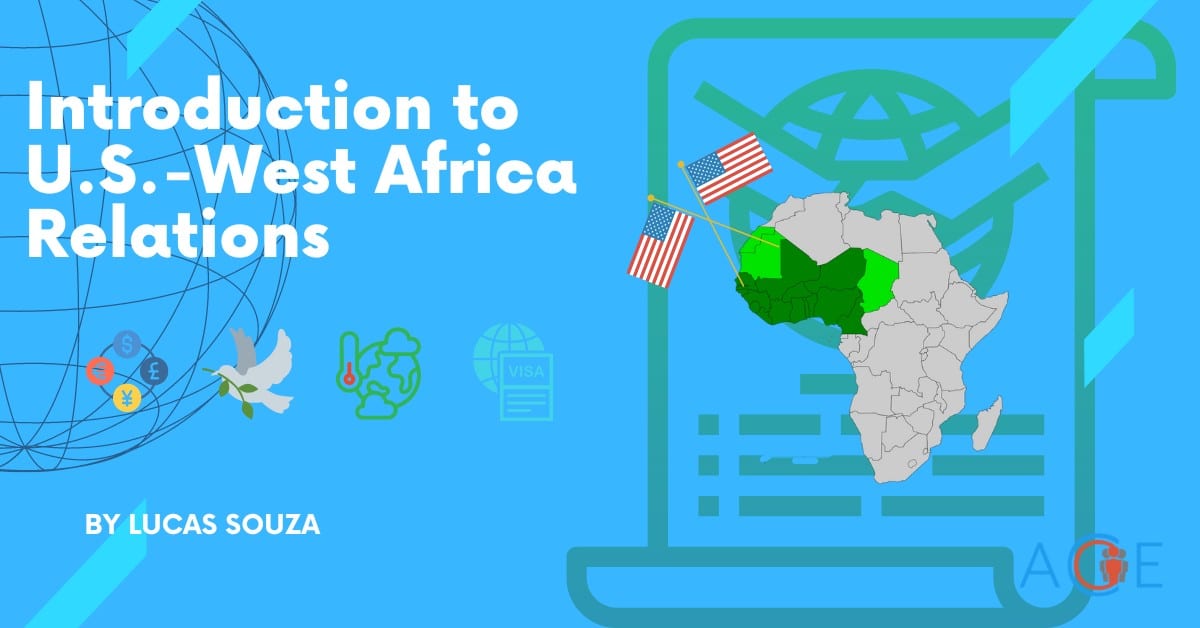The “New Scramble for Africa” is a phrase newly adopted by many in the field of foreign policy, defining the latest form of colonialism where global powers seek control of strategic resources on the African continent. The phrase derived from the 1884-5 Berlin Conference, in which thirteen European countries and the United States met in Berlin to divide African territory and take power and control from existing African states and peoples. Russia was excluded from the process, but now, in a time of tension with the 2022 invasion of Ukraine, Russia is a top contender in the “New Scramble for Africa” and its strategy for influence in West Africa is comprehensive and carefully calculated.
Trade/Economy
The 2019 Russia-Africa Sochi Summit, co-hosted by President Vladamir Putin and Egyptian President Abdel Fattah el-Sisi, was a major economic forum “for peace, security, and development.” The summit was attended by 43 African heads of state and developed plans for future cooperation between Russia and Africa. Russia-Africa trade has generally shown a steady upward trend, especially in West Africa.
Ghana and Nigeria were the main African destinations of Russian non-commodity exports in 2020, with export industries like agriculture, mechanical engineering, timber, and chemicals leading the charge. The Russian Export Center (the Russian government’s central trade department) has recorded an increase in interest in Russian exports in many West African countries. The total 2020 trade revenue (USD million) was upwards of 2.04 billion dollars between West African countries and Russia. The primary contributors were Senegal (480 USD million), Nigeria (461 USD million), Ivory Coast (291 USD million), and Togo (283 USD million).
The Russian Export Center is also involved in infrastructure development projects in the region, including a major railway in the region and supplying energy resources and equipment to West African companies and governments. Russia is also a top arms seller to countries including Mali and Nigeria. Many experts believe Russia is pursuing economic relations to expand military influence in West Africa.
Intra-African Conflict
Russia’s outsider apparatus and its evolution as a partner to West African government and military organizations allow the country to step in when power vacuums occur in the African region. West African citizens in countries such as Mali or Burkina Faso are increasingly opposed to intervention from western states, including former colonial powers like France and the UK. This strengthens the possibility of Russian involvement in those countries.
In Mali, a vacuum opened for Russia following the gradual withdrawal of French troops after years of conflict with Islamist militant groups in the Sahel. Operation Barkhane was a French military operation in northern Mali to oust Islamist groups. Russian mercenaries are slowly beginning to substitute French troops, specifically with increased involvement from the Wagner Group—a Russian mercenary organization. The Wagner Group has been identified as a part of several operations in the counter-insurgency mission in Northern Mali. These missions frequently produce human rights abuses and atrocities, such as the alleged Wagner Group-backed massacre of more than 300 civilians in the town of Moura in April 2022. Several experts claim The Wagner Group is closely tied to Russia’s military intelligence agency, GRU although political intentions remain unclear. The Wagner Group has been linked to unpopular military coups and regimes deemed ‘undemocratic,’ such as those in Sudan, Libya, and the Central African Republic.
Some West African countries feel neglected by the West, and jihadist militants in the Sahel are increasingly threatening state security. This has produced an environment ripe for Russian influence. Burkina Faso and Guinea recently underwent coups as a result of growing instability and insecurity in the Sahel, and the potential for further Russian-based expansion in West African military conflicts is looming.
Russian military presence in Africa
Climate/Energy
The 2019 Sochi Summit did not go into depth about the implications of climate change in West Africa and the rest of the continent. However, there are prospects of addressing the issue in future summits including the impending 2023 Russia-Africa Forum.
The 2022 Russian invasion of Ukraine faced global backlash and has caused international food shortages, and caused knock-on effects in Africa Disrupted gas exports from Russia have limited economic activity and the ability of people to heat homes, cook food, and use transport. Countries like Senegal currently rely on oil for half of their electricity generation. In the entirety of West Africa, diesel generators account for more than 40% of total energy consumption. The cost of diesel in Nigeria has increased by 200% and increased prices of electricity generation in Ghana and Ivory Coast.
Immigration/Education
Russia is home to a population of 70,000 people of African descent. There is a high population of Nigerians and Cameroonians living in Russia, and many have allegedly been deceptively lured to Russia for false jobs. The language barrier, prejudice, and discrimination have steered many Africans away from living in Russia. The Russian government has shown, however, efforts to integrate African immigrants into their communities, labor market, media, and politics, and recently established Patrice Lumumba University in Moscow. The university was named after Congolese independence leader Patrice Lumumba, and aims to provide an opportunity for young people from Asia, Africa, and Latin America to acquire an education.
Conclusion
Nearly 150 years since the Berlin Conference, Russia is now one of the top influencers in African trade, conflict, climate, energy, and society as a whole. The 2022 Russian invasion of Ukraine has drastically shifted relations within the new global order. For West Africa, citizens will be heavily relying on democratic institutions to initiate change in the quest for a secure future in the region and a benign relationship with Russia.



